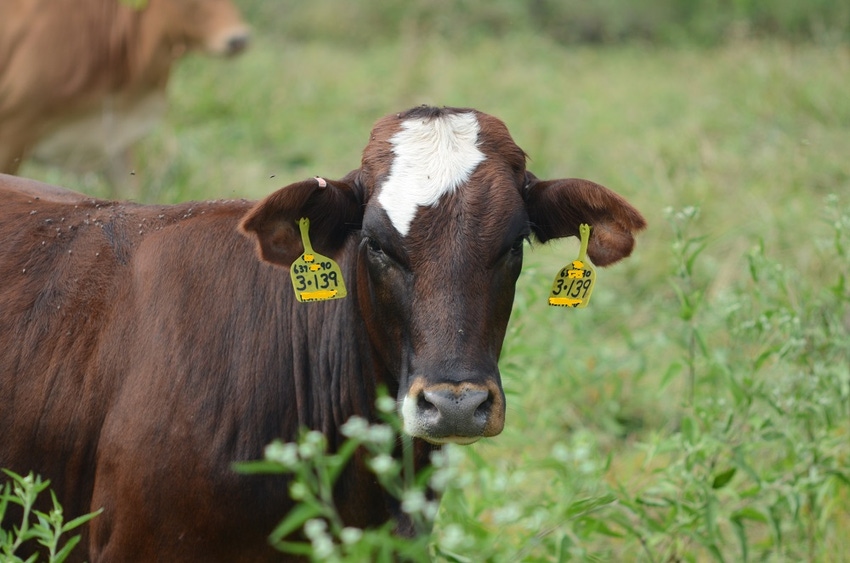
An old saw says "You spend whatever you earn," and for the majority of families statistics prove they spend at least that much. It's also true for farm and ranch families.
A recent article from management specialist David Kohl in Corn and Soybean Digest shows this to be widely true, as well as documenting the inevitable trimming when income drops.
Kohl said data from Nebraska Farm Business, Inc. (NFBI), showed the average farm family living cost was $83,210 for 2016. He said this was down considerably from 2012, which peaked out slightly above $100,000. This is roughly a 17% drop in four years of lower crop pricing. Kohl added that 2012 was the peak of the agricultural economic supercycle, and family living costs nearly double what they were in 2006 said.
You can follow the link a read the story for yourself, but I thought it especially interesting. that "personal care" expenses were down 50% from the peak. Household supplies and cash donations were also among the largest cuts. Medical care and healthcare insurance also took sizeable cuts.
Kohl also mentioned that nonfarm capital purchases were down significantly. They peaked at over $120,000 in 2012, but are now about $12,000. Similarly, nonfarm vehicle and real estate purchases were down, too.
Looking at a different set of data, the 2016 Report on Minnesota Farm Finances from the University of Minnesota Center for Farm Financial Management, also showed some declines in family living expenses, and also serious profitability problems for beef operations.
The average family spent $59,332 on family living expenditures, down 2.5% from 2015.
The median of the 158 beef operations in the farm management programs in 2016 made only $231 from farm operations in 2016. That was an improvement from 2015 when they lost $6,857
On a parallel note, I believe we have for different reasons allowed our cattle get their family living expenses out of control. Yet it has the same effect of negating our profit potential
Kris Ringwall recently wrote a blog on the passing of the $1-per-day cow and the need to revitalize her. North Dakota director of the Dickinson Research Center,
Ringwall noted the 2016 data from North Dakota's farm management program showed beef producers had a gross margin of $633.61 and a total cost of feeding the cow of $348.87, with total direct costs at $458.68. He says divide the total direct costs by 365 days and you get $1.25 per day. He laments it wasn't that many years ago, and $1 per day was a universally reasonable estimate for cow costs in the Northern Plains.
"Today, direct costs are up 20%, but all you are getting done for your investment is feeding the herd, making sure the cow and calf are in good health and fixing a fence post or two," he says.
In all these cases, the answer is clearer goals and self control. Push a pencil to see what you are spending, and cinch up the family belt as well as the metaphorical financial belt of the cows. People can get by fine without toys, but many of those inefficient cows will have to go.
About the Author(s)
You May Also Like




